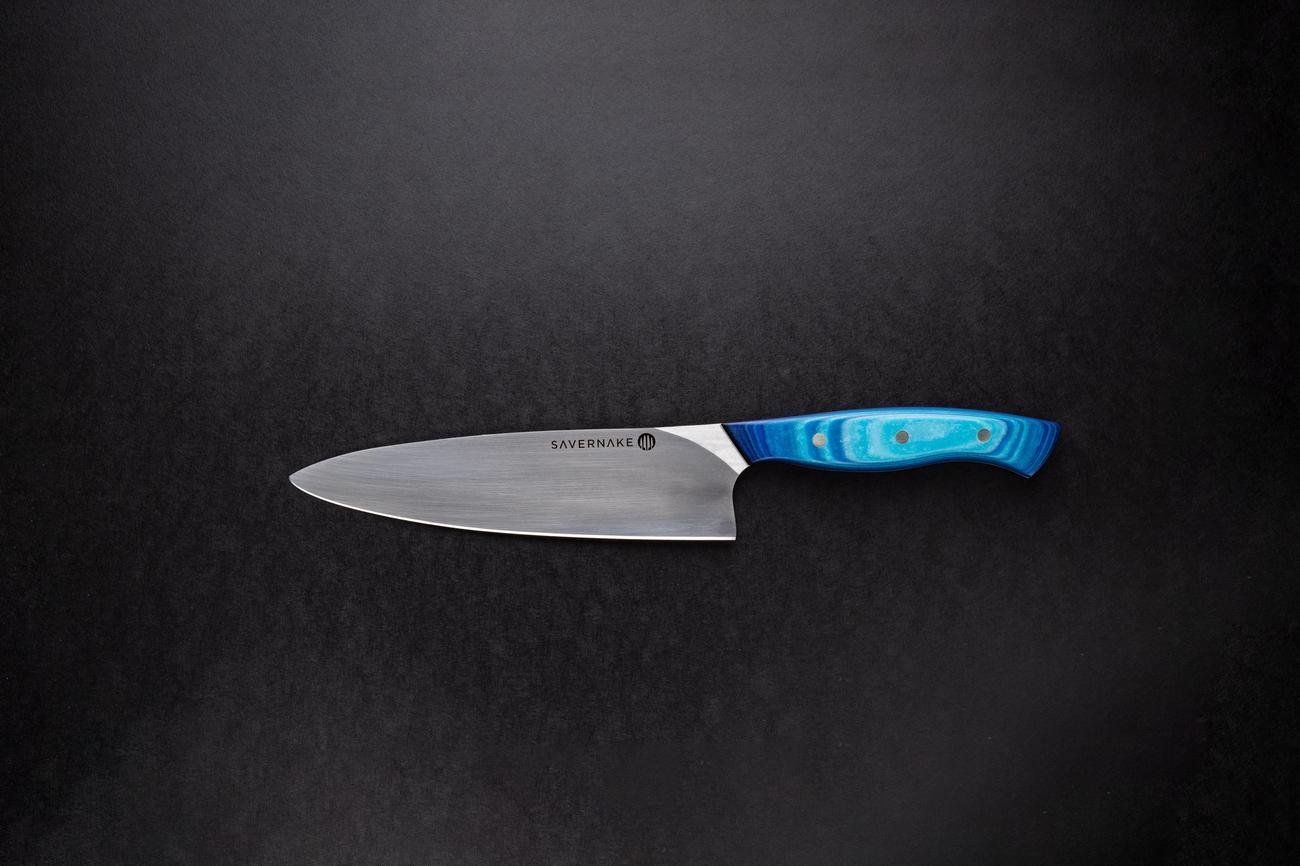When it comes to weapons, few draw as much attention and speculation as gravity knives. These versatile tools, known for their distinctive opening mechanism, have found themselves at the center of legal debates and public safety concerns. In this article, titled “The Legal Implications of Gravity Knives: Exploring Their Ban and Public Safety,” we delve into the reasons behind the illegality of these knives and how they impact society. As an experienced journalist with a background in law and a keen interest in unraveling complex societal issues, I bring you an informed perspective on the legal implications surrounding gravity knives. With an aim to foster a balanced discussion, we will dive into the historical context, practical applications, and potential concerns associated with the ban, backed by statistical data, legal precedents, and expert opinions. Join me as we navigate the intricacies of gravity knives and shed light on this controversial subject.

Why are Gravity Knives Illegal?
Gravity knives are considered illegal in the United States due to the significant threat they pose to public safety. These knives have a unique feature that allows the blade to be released with a simple flick of the wrist and locked in place. This mechanism makes them easily concealable and incredibly effective as a weapon. Their potential for misuse and the danger they present justify their illegality.
One of the reasons why gravity knives are banned is their historical association with criminal activity. These knives have long been linked to nefarious purposes, making authorities wary of their presence in society. Over the years, they have gained a reputation as a weapon of choice for individuals involved in unlawful activities.
Beyond historical context, safety concerns also contribute to the illegality of gravity knives. The easy flick-and-lock mechanism enables them to be opened swiftly, posing a significant threat in the wrong hands. The potential for harm is especially worrying in situations where these knives are used as concealed weapons.
However, the ban on gravity knives is not without its challenges. One of the key issues is distinguishing between gravity knives and regular folding knives. Given the similarity in appearance, it can be difficult for law enforcement officers to ascertain whether a knife they encounter is a gravity knife or a simple folding knife. This grey area can create legal complexities when determining whether an individual is in possession of an illegal weapon.
Furthermore, the enforcement of gravity knife laws has resulted in thousands of arrests, some of which have raised questions about the accuracy and fairness of convictions. Mistaken identification of gravity knives is not uncommon, as common folding knives and tradespeople’s knives can sometimes be erroneously deemed gravity knives if an officer is able to flick them open with centrifugal force.
To add to the confusion, other types of knives, such as automatic OTF knives, switchblades, butterfly knives, sliding knives, penny knives, and folding hunting knives, are often mistaken for gravity knives due to their similar features. This difficulty in distinguishing between different types of knives further complicates the legal landscape surrounding gravity knives.
In fact, gravity knives were initially outlawed in New York in 1958, with the ban targeting the notorious Luftwaffe gravity knife, a weapon used by the Nazis during World War II. However, the ban has had unintended consequences, causing confusion and potential injustices in how it has been enforced.
Overall, the dangers gravity knives pose to public safety, their historical association with criminal activities, and the legal challenges surrounding their identification all contribute to their illegal status. While these knives may have practical uses for certain individuals, regulations prioritize public safety and the prevention of unlawful behavior.
Key Takeaway: Gravity knives are illegal in the United States due to their potential threat to public safety. Their easy flick-and-lock mechanism and historical association with criminal activity justify their ban. However, challenges in distinguishing gravity knives from regular folding knives and the potential for mistaken identification in law enforcement have led to controversial convictions and debates about the fairness of their prohibition.
Knives have been an essential tool for centuries, serving various purposes from cooking to survival. If you’re curious about the fascinating world of knives and want to know some mind-blowing facts, we have got you covered! Discover intriguing facts about knives by clicking here: facts about knives. Prepare to be amazed as you delve into the history, craftsmanship, and practicality of these versatile blades. Don’t miss out on this opportunity to expand your knowledge and appreciate the incredible ingenuity behind these everyday objects.
A Real Gravity Knife: One of the Most Illegally Carried Knives
[youtube v=”B6T0hrHR-8g”]
Introduction
Gravity knives are widely known as one of the most illegal knives to carry in many places due to their potential dangers and association with criminal activity. Despite their illegality in terms of carry, owning a gravity knife is generally allowed. In this article, we will explore the unique features and qualities of a real gravity knife known as the Riet EXO. This knife stands out for its unparalleled quality and craftsmanship, making it an impressive example in the world of gravity knives.
The Mechanics and Design of the Riet EXO
The Riet EXO is a gravity knife that showcases exceptional machining and design. Crafted with precision, this knife features a distinct exoskeleton design, with variations in the micarta material. The mechanism of this knife allows it to be deployed effortlessly using gravity. When holding the micarta handle, the titanium body releases the blade, which slides down freely. Once fully extended, the knife locks securely in place. While there may be a slight degree of wiggle, particularly comparable to OTF knives, users can easily familiarize themselves with the deployment process, making it both effortless and fast.
“The machining on this knife is top-notch, and the quality is truly exceptional.”
Legal Complexities and Questions of Enforcement
The ban on gravity knives can seem perplexing and inconsistent, especially when comparing them to other types of knives with similar features, such as automatic OTF knives and switchblades. These similarities often result in misidentification and confusion, potentially leading to wrongful accusations and convictions. Moreover, the legal distinctions between gravity knives and regular folding knives raise questions about the fairness and effectiveness of the applicable laws.
“The laws surrounding gravity knives can be confusing, particularly when distinguishing them from other similar knife types. This creates legal complexities and challenges.”
Historical Ban and Unintended Consequences
Gravity knives were initially outlawed in New York in 1958 due to concerns about public safety and their association with criminal activities. However, the consequences of this ban have been far from anticipated. Instead, the law has raised questions about its enforcement and the fairness of identifying gravity knives. These unintended consequences have underscored the need for a comprehensive understanding of the distinctive features of gravity knives and better legislation surrounding them.
“The ban on gravity knives in New York has resulted in unintended consequences, highlighting the need for clarity and fairness in the law.”
Practicality and Durability of the Riet EXO
While the laws regarding gravity knives limit their everyday carry, the Riet EXO remains an exceptional piece of craftsmanship. It is significantly superior to many other gravity knives in terms of design and quality. The knife’s durability is impressive, as the blade sliding against the titanium body does not affect the sharpness. The straightforward mechanism of this knife ensures reliability and longevity, provided the pivot remains secure over time.
“The Riet EXO is a gravity knife that combines outstanding durability with exceptional quality, making it a reliable and long-lasting option.”
Conclusion
The Riet EXO gravity knife exemplifies the exceptional quality and craftsmanship that can be achieved in a banned category. While the laws surrounding gravity knives might seem inconsistent and complex, this knife demonstrates the distinct features and practicality that make them unique. The ban on carrying gravity knives serves as a reminder of the prioritization of public safety over practical use cases. Despite the legal limitations, the craftsmanship and durability of knives like the Riet EXO continue to captivate knife enthusiasts.
“Gravity knives like the Riet EXO showcase the remarkable craftsmanship that can be achieved, despite legal restrictions. They highlight the delicate balance between safety concerns and the practicality of such knives.”

FAQ
Question 1
Why are gravity knives considered illegal?
Answer 1
Gravity knives are considered illegal due to their potential threat to public safety. These knives have a blade that can be released with a flick of the wrist and locked in place, making them easily concealable and dangerously effective as a weapon. The historical association of gravity knives with criminal activity and concerns regarding their safety contribute to their illegality in many places.
Question 2
What are the legal challenges posed by gravity knives?
Answer 2
The legal challenges posed by gravity knives include the difficulty in determining whether a knife is a gravity knife or a regular folding knife. This creates issues during enforcement, as common folding knives and tradespeople’s knives can be mistakenly deemed gravity knives if an officer is able to flick them open with centrifugal force. Other knives that are commonly mistaken for gravity knives include automatic OTF knives, switchblades, butterfly knives, sliding knives, penny knives, and folding hunting knives.
Question 3
When were gravity knives first outlawed?
Answer 3
Gravity knives were outlawed in New York since 1958, originally targeting the Luftwaffe gravity knife, a Nazi-era weapon. The strict enforcement of gravity knife laws has led to thousands of arrests, some resulting in questionable convictions. The historical context plays a significant role in the ban on gravity knives.
Question 4
Are there any exceptions to the ban on gravity knives?
Answer 4
The legality of owning a gravity knife depends on the specific laws of each jurisdiction. While it may vary, the general understanding is that gravity knives are illegal in many places. There are no exceptions mentioned regarding the legality of gravity knives in the provided context.
Question 5
What is the role of expertise and analysis in understanding the ban on gravity knives?
Answer 5
Expertise and analysis play a crucial role in understanding the ban on gravity knives. By analyzing statistical data, legal precedents, and expert opinions, one can shed light on the controversial aspects surrounding the illegal status of these knives. This fosters a balanced discussion on the subject and enables a comprehensive understanding of the historical context, practical applications, and potential concerns associated with the ban on gravity knives.
- Sept 31 Myth: Unveiling Calendar Secrets - March 18, 2025
- How Long & Till December 18, 2025: Accurate Countdown Guide - March 18, 2025
- Discover Japanese Artists: A Complete History - March 18, 2025
















